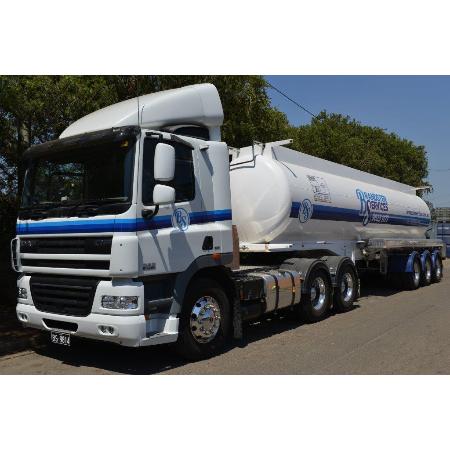Just how Do Septic Tanks Function?
The small wastewater treatment devices are already being used by 240, 000 satisfied customers. In this picture, you can view three layers. Anything at all that floats rises to the top and forms a layer referred to as foam layer. Anything heavier than water sinks to create the sludge layer. At the center is a fairly clear water level. This body of normal water contains bacteria and chemical compounds like nitrogen and phosphorous that act as manures, but it is mainly free of solids.
Roots from trees and shrubbery protruding above the tank or drainfield may possibly clog and/or rupture all of them. Trees that are immediately within the vicinity of a concrete septic container have the potential to penetrate the tank as the system ages and the concrete begins to develop cracks and tiny leaks. Tree roots can easily cause serious flow problems due to plugging and blockage of drain pipes, added to which the woods themselves tend to expand incredibly vigorously due to the ready source of nutrients through the solid waste system.
Wow, you might have never had your container pumped??? Good for you! To facilitate future cleaning and inspection, install risers from the central access ports and inspection plug-ins to the soil area. Also mark the position of the tank, thus it can be easily located for future pumping. No sewerage effluent appears on the surface area of the property, lavatories flush (though slowly and badly) and drains drain (though sometimes slowly). You will discover no sewage odors at the property. Even a septic loading and dye test out may fail to demonstrate a system failure in this home.
Country Plumbing: Living with a Septic System, Hartigan, Gerry: $ 9. 95; ALAN C HOOD & TP; Quoting an Amazon reviewer's comment, with which we agree-DF: This book is usually informative so far as it goes and might be just about all useful for someone with an older system. But it was written in the early 1980s. A number has changed since then. On particular, the book won't cover any of the newer systems that will be used more and more nowadays in certain parts of the country - fine sand mounds, aeration systems, bodies of water, and so forth
Our Website uses cookies to improve your experience. Please visit our Privacy and Cookies Policy page to learn more about cookies and just how we use them. A septic system is fairly maintenance-free. A well-constructed, effectively maintained tank could keep going indefinitely. However, the leach field (the underground area where all of the sewage drainpipes are located) will most likely need some treatment or probably replacement after about 15 to 20 years of support.
Roots from trees and shrubbery protruding above the tank or drainfield may possibly clog and/or rupture all of them. Trees that are immediately within the vicinity of a concrete septic container have the potential to penetrate the tank as the system ages and the concrete begins to develop cracks and tiny leaks. Tree roots can easily cause serious flow problems due to plugging and blockage of drain pipes, added to which the woods themselves tend to expand incredibly vigorously due to the ready source of nutrients through the solid waste system.
Wow, you might have never had your container pumped??? Good for you! To facilitate future cleaning and inspection, install risers from the central access ports and inspection plug-ins to the soil area. Also mark the position of the tank, thus it can be easily located for future pumping. No sewerage effluent appears on the surface area of the property, lavatories flush (though slowly and badly) and drains drain (though sometimes slowly). You will discover no sewage odors at the property. Even a septic loading and dye test out may fail to demonstrate a system failure in this home.

Country Plumbing: Living with a Septic System, Hartigan, Gerry: $ 9. 95; ALAN C HOOD & TP; Quoting an Amazon reviewer's comment, with which we agree-DF: This book is usually informative so far as it goes and might be just about all useful for someone with an older system. But it was written in the early 1980s. A number has changed since then. On particular, the book won't cover any of the newer systems that will be used more and more nowadays in certain parts of the country - fine sand mounds, aeration systems, bodies of water, and so forth
Our Website uses cookies to improve your experience. Please visit our Privacy and Cookies Policy page to learn more about cookies and just how we use them. A septic system is fairly maintenance-free. A well-constructed, effectively maintained tank could keep going indefinitely. However, the leach field (the underground area where all of the sewage drainpipes are located) will most likely need some treatment or probably replacement after about 15 to 20 years of support.